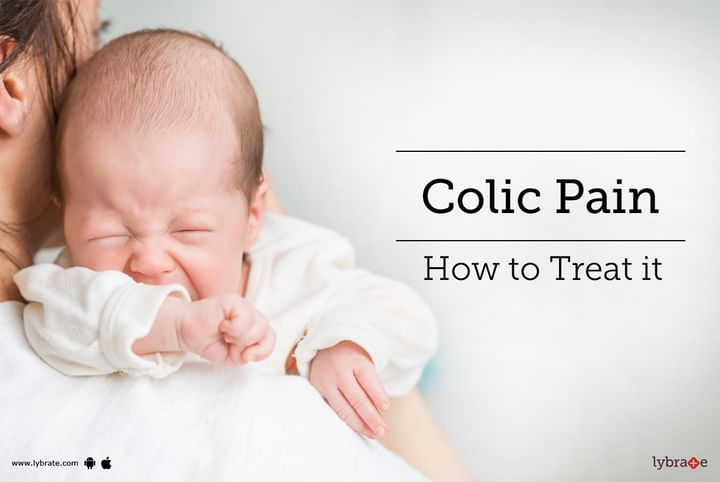Colic Pain - How to Treat It
When you have a newborn bundle of joy, no parent would be ready for constant crying bouts from the infant. However, for various reasons, even healthy, well-fed infants can be colicky.
What is it: Although a mystery, a baby is said to be colicky if it cries for more than 3 hours a day for more than 3 days a week for more than 3 weeks at a stretch. The baby is completely healthy, and the symptoms start about 2 to 3 weeks of life in both breast-fed and bottle-fed babies. The baby usually has a red face from crying and could be pulling its legs towards its chest due to the abdominal discomfort.
Causes: Though still not exactly established, some things that are believed to cause colic include:
- The baby's digestive system that is growing and goes through spasms
- Extreme sensitivity to noise and light in the surrounding environment
- Accumulation of gas in the belly that is ingested with the milk (breast or bottles)
- Hormones that are supposedly affecting the baby's moods
Treatment: As there is no specific cause identified, the treatment is also symptomatic and aims at soothing the baby's pain and discomfort.
- Altered feeding: Given that a baby's tummy is very small and is about the size of a fist, it makes sense to feed it small amounts at regular intervals than to give a full feed once in like 4 to 5 hours. The baby is sure to feel full with this and therefore the discomfort. Burping between the feed is also shown to help avoid feeling of fullness. If you are breast feeding, try to not let the baby doze off when feeding.
- Anti-colic bottles: These bottles have a vent inside the bottle which will help reduce the accumulation of gas within the bottle. There are various brands available in the market, these could be a good solution if the baby is even partially bottle-fed.
- Simethicone: This is an anti-flatulent, which again helps eliminate gas bubbles in the stomach and thereby provides relief to the infant. It can be given either by a dropper or a syringe.
- Exercise: Try bending the legs at the knee and holding it towards the baby's stomach, this can help ease the pain.
Remember that this is a very transient thing and usually disappears on its own by the 4th month, and the above measures are only to help the baby and the mother.



+1.svg)
